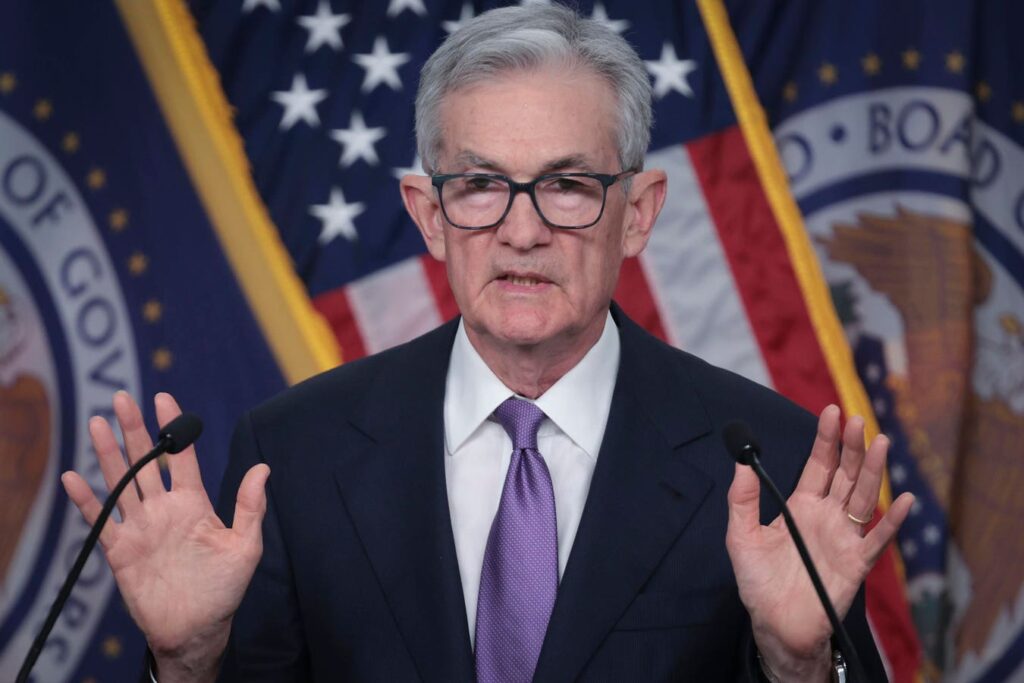There is little chance that the Federal Open Market Committee will cut interest rates on January 29. Fixed income markets currently project a 99.5% chance that interest rates are held steady at their current level of 4.25% to 4.5% according to the CME FedWatch Tool. However, a March or May cut in interest rates remains possible. There is roughly an even chance of an interest rate cut at one or both of those meetings.
For December’s employment report job creation has remained robust. For example, Federal Reserve Governor Lisa Cook said on January 6, “The labor market is solid, with the unemployment rate still relatively low and Americans, on average, bringing home paychecks that are growing faster than inflation.” This statement came a few days before the most recent jobs report, but broadly mirrored its assessment.
Job market strength perhaps lessens any urgency for the FOMC to cut rates. However, Consumer Price Index inflation data to December as reported in January has shown inflation remaining more subdued than some had feared. That may ultimately support the FOMC in cutting rates in 2025 should inflation appear on track for a 2% annual rate. Today, many inflation metrics are closer to a 3% annual rate.
Recent Comments From Fed Officials
Federal Reserve Governor Michelle Bowman clearly stated the case for pausing on interest rate cuts, at least for now. “At both our November and December meetings, the Committee lowered the target range for the federal funds rate by 1/4 percentage point, bringing it to 4-1/4 to 4-1/2 percent.” Bowman said at a speech in California on January 9. “I supported the December policy action because, in my view, it represented the Committee’s final step in the policy recalibration phase. The target range now reflects 100 basis points of cuts since September, and the policy rate is now closer to my estimate of its neutral level, which is higher than before the pandemic. But given the lack of continued progress on lowering inflation and the ongoing strength in economic activity and in the labor market, I could have supported taking no action at the December meeting.” Bowman continued, “Still, I am pleased that the post-meeting statement continued to reference a flexible and data-dependent approach for considering future policy adjustments. It is important that we remain focused on returning inflation to 2 percent.”
However, Governor Waller was perhaps a little more optimistic on further disinflation on a speech one day earlier. “Our latest reading of core personal consumption expenditures (PCE) inflation is 2.8 percent for the 12 months ending in November. This is down just a bit from where it was a year earlier, at 3.2 percent.” Waller said on January 8 in France. “This minimal further progress has led to calls to slow or stop reducing the policy rate. However, I believe that inflation will continue to make progress toward our 2 percent goal over the medium term and that further reductions will be appropriate.”
The Importance of Inflation Data
CPI Inflation
With the jobs market appearing robust so far, the FOMC’s attention has returned more to the inflation rate. Consumer Price inflation less food and energy is running at a 3.2% annual rate to December 2024. That’s broadly flat over the past six months. However, core inflation has actually risen recently, to a 2.9% annual rate for December, which is up from the 2.4% annual rate reported in September 2024.
PCE Inflation
Personal Consumption Expenditures inflation for December will be reported on the same day that the FOMC announces its next decision – January 29. It does appear inflation would need to trend lower to give the FOMC further confidence in cutting interest rates. However, there are several inflation reports to come before the FOMC meets again after January, given the spacing of the subsequent meetings in the first half of 2025.
No Cut Expected On January 29
The FOMC appears unlikely to cut interest rates at the conclusion of their upcoming meeting on January 29. However, if there are further signs of disinflation, then the FOMC may elect to cut again on March 19 or May 7.
Weakness in the job market is a wildcard that could also trigger lower interest rates, but for now, that is not apparent in reported data. The FOMC’s upcoming decision-making does a particularly data dependent, resting chiefly on whether inflation data shows signs of trending to a 2% annual rate. The economic policies of the Trump administration have the potential to impact monetary policy, too. Interest rate cuts in 2025 appear broadly likely, but not in January.
Read the full article here


